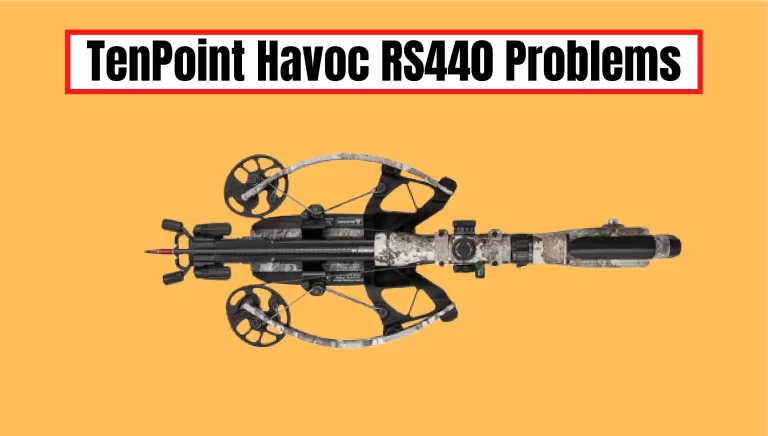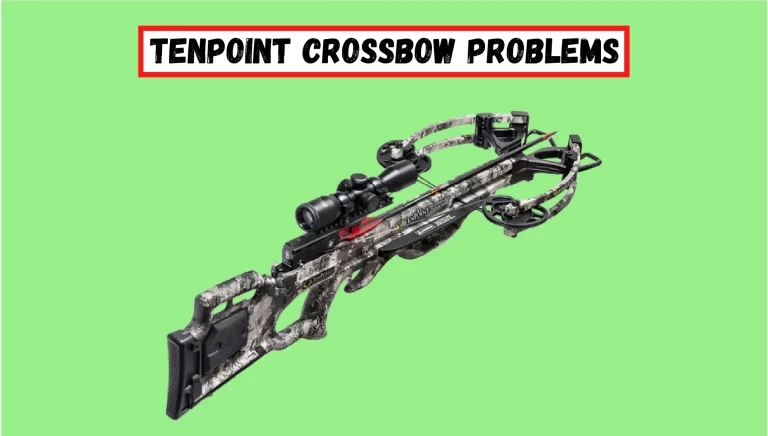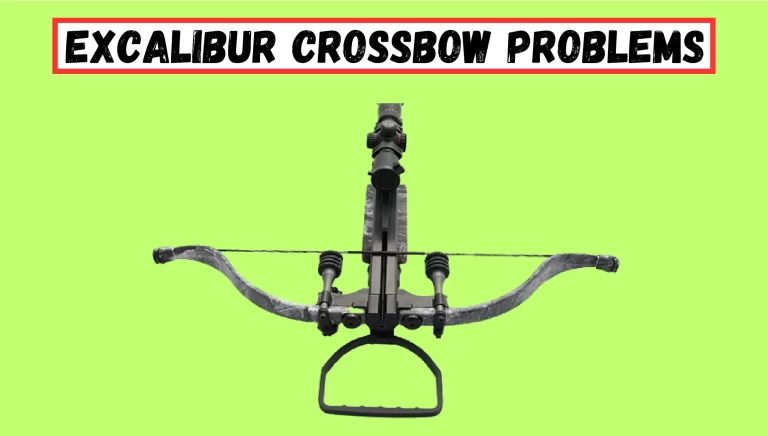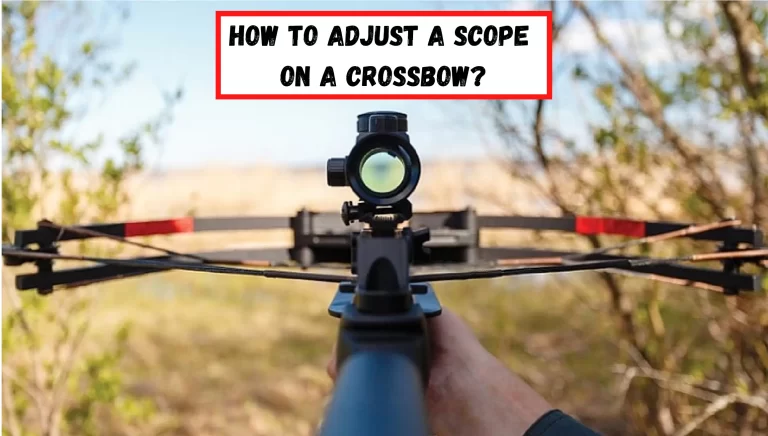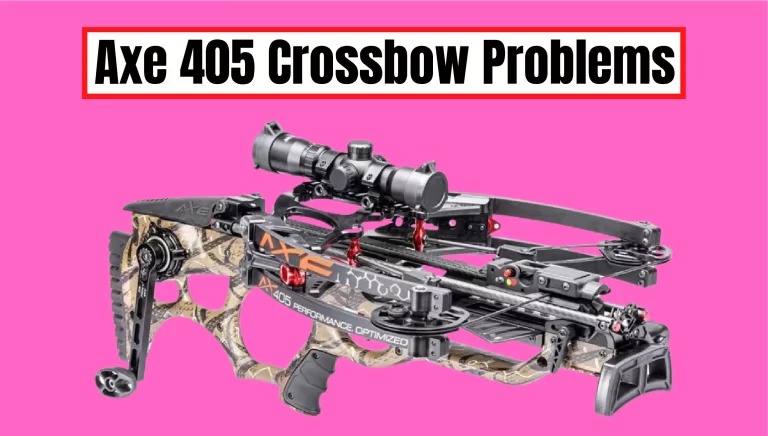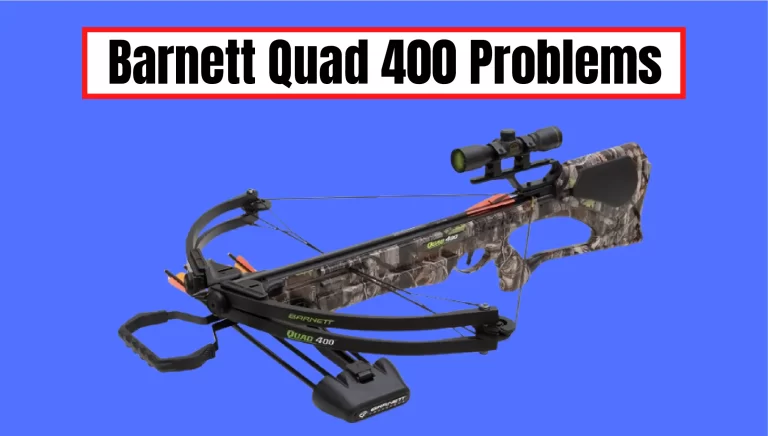How Many Feet Per Second Does A Crossbow Arrow Move?
"As an Amazon Associate, I earn from qualifying purchases. This post contains affiliate links"
Crossbows have gained popularity in recent years as hunting and target shooting equipment due to their accuracy and power. But just how fast do the arrows from a crossbow travel? Or to be more specific, ‘how many feet per second does a crossbow arrow move?’
On average, a crossbow arrow can move at speeds of up to 400 feet per second. This speed is impressive, especially when compared to other projectile equipment like bows and firearms.
Throughout this blog post, we will examine how various factors contribute to the speed of crossbow arrows and how they affect their overall performance. Interested in learning what makes crossbow arrows so fast, or just curious? Keep reading to learn more!
- We barely discussed How Does A Crossbow Arrow Compare To A Conventional Arrow? in our previous articles.
Factors that Affect Crossbow Arrow Speed
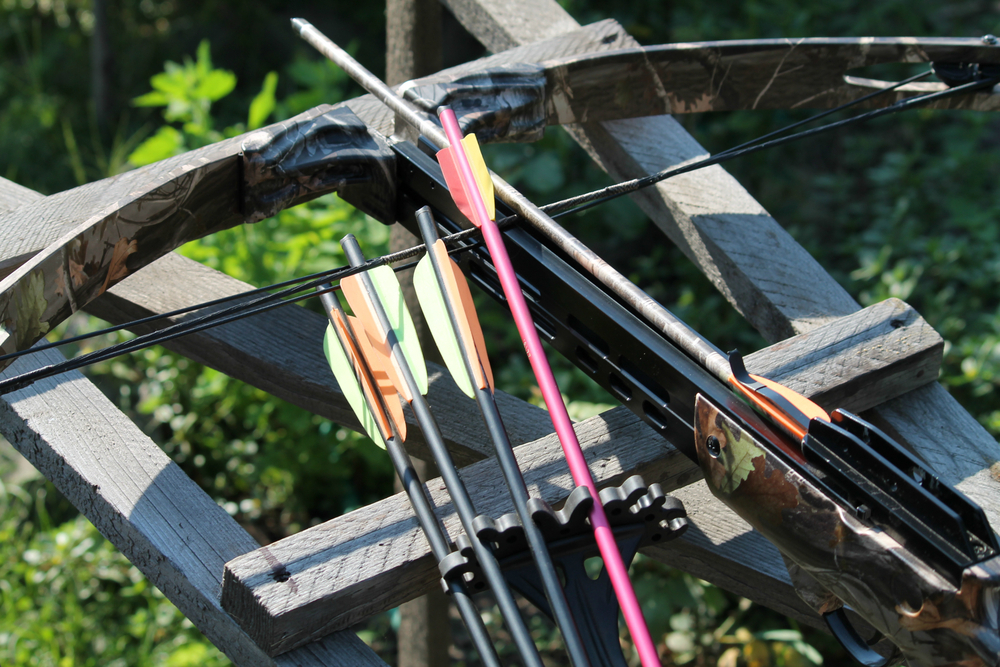
Draw Weight of the Crossbow
The draw weight of a crossbow refers to the amount of force required to draw back the string and load an arrow. A higher draw weight means that more force is required to load the crossbow, which can result in a faster arrow speed.
However, it’s important to note that the draw weight of a crossbow also affects the amount of energy transferred to the arrow, which can impact its accuracy and distance.
Length of the Arrow
The length of the arrow can also affect its speed of the arrow. In general, a longer arrow will have a higher mass, which means it will require more energy to propel it at the same speed as a shorter arrow. However, a longer arrow may also be more aerodynamic, which can help it maintain its speed and improve its accuracy over longer distances.
Type of Crossbow
The type of crossbow can also impact the speed of the arrow. Compound crossbows, which use a system of pulleys to reduce the draw weight, tend to have faster arrow speeds than recurve crossbows, which do not have this mechanical advantage. However, recurve crossbows tend to be more compact and lightweight, which can make them easier to handle and aim.
Quality of the Crossbow
The overall quality of the crossbow can also affect the speed of the arrow. Higher-quality crossbows tend to be more precise and efficient, which can result in faster arrow speeds. On the other hand, lower-quality crossbows may not be as consistent and may produce slower arrow speeds.
Type of Arrow
The type of arrow can also impact the speed of the arrow. Arrows made of materials like carbon or aluminum tend to be lighter and more aerodynamic, which can result in faster arrow speeds. However, it’s important to note that the type of arrow can also affect the accuracy and distance of the shot.
Average Crossbow Arrow Speeds
The average speed of a crossbow arrow can vary depending on the type of crossbow and the factors discussed in the previous section. Here is a table showing the average arrow speeds for various types of crossbows:
| Type of Crossbow | Average Arrow Speed |
|---|---|
| Compound | 350-400 Feet Per second |
| Recurve | 250-300 Feet Per Second |
It’s important to note that these are just estimates and the actual speed of a crossbow arrow may vary based on the specific crossbow and other factors.
Explanation of How These Speeds Compare to Other Projectile Equipment
The average arrow speeds for crossbows are impressive, especially when compared to other projectile.
For example, the average speed of an arrow shot from a bow is around 240-300 feet per second, while the average speed of a bullet from a handgun is around 800-1,000 feet per second.
This means that crossbows can achieve speeds that are comparable to firearms, but with the added benefit of being more compact and easier to handle.
However, it’s important to note that the speed of a projectile is just one factor that can affect its accuracy and distance. The design and quality of the projectile, as well as the skill and technique of the shooter, can also play a role in the overall performance of this equipment.
- Recommended Best Pistol Crossbow for Beginners.
Factors that Affect Accuracy and Distance
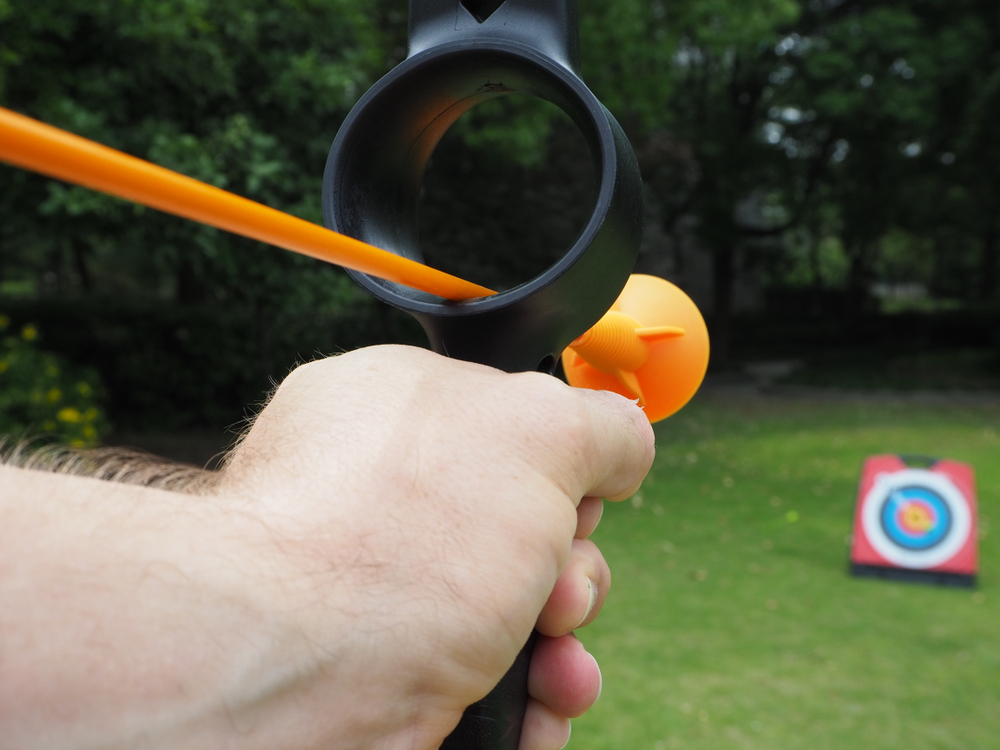
Wind and Weather Conditions
Wind and weather conditions can significantly impact the accuracy and distance of a crossbow shot. For example, strong crosswinds can cause the arrow to deviate from its intended path, while rain or snow can affect the trajectory of the arrow. It’s important to take these factors into consideration when aiming and shooting a crossbow to ensure the best possible accuracy and distance.
Quality of the Crossbow and Arrow
The quality of the crossbow and arrow can also affect the accuracy and distance of a shot. Higher-quality crossbows and arrows tend to be more precise and consistent, which can result in better accuracy and distance. On the other hand, lower-quality crossbows and arrows may not be as consistent and may result in less accurate shots.
Skill and Technique of the Shooter
Finally, the skill and technique of the shooter can greatly impact the accuracy and distance of a crossbow shot. Proper techniques, such as using proper form and aiming, can improve the accuracy and distance of a shot. It’s important to practice and develop these skills in order to achieve the best possible accuracy and distance with a crossbow.
- Tested and Reliable: Best Budget Crossbows for Your Money.
How accurate is a crossbow at 100 yards?
The accuracy of a crossbow at 100 yards can vary depending on a number of factors, such as the quality of the crossbow and arrow, the skill of the shooter, and the wind and weather conditions.
In general, a high-quality crossbow and arrow, combined with proper technique and minimal wind and weather interference, can result in good accuracy at 100 yards.
However, it’s important to note that crossbows are not as accurate at longer distances as firearms due to the inherent limitations of the projectile (the arrow). As a result, it’s generally more difficult to consistently hit a target at 100 yards with a crossbow compared to a firearm.
It’s worth noting that the accuracy of a crossbow can also be affected by the type of scope or sight that is used. Higher-quality scopes and sights can provide better accuracy and precision at longer distances.
Additionally, the use of a laser rangefinder can help the shooter determine the distance to the target and make more accurate shots.
Overall, it’s important to understand the limitations of a crossbow and to practice proper technique in order to achieve the best possible accuracy at any distance.
Conclusion
So how many feet per second does a crossbow arrow move?
In conclusion, the speed of a crossbow arrow is determined by a variety of factors, including the draw weight of the crossbow, the length, and type of the arrow, the type of crossbow, and the overall quality of the crossbow.
Understanding and considering these factors can help you choose the right crossbow and arrow for your needs and improve your accuracy and distance.
It’s also important to always follow proper safety guidelines when using a crossbow. This includes wearing proper protective gear, handling the crossbow responsibly, and following all local laws and regulations.
By taking these precautions, you can enjoy the sport of crossbow shooting safely and responsibly.
Happy Shooting!
Related Articles:-
- How Much Does it Cost to Restring a Crossbow?
- How to Restring a Barnett Crossbow Without a Bow Press?
- What Should You do When Cocking a Crossbow?
- Is It OK to Leave a Crossbow Cocked Overnight?
- Can You Do Archery in the Rain?
- Can a Crossbow Shoot Farther Than Conventional Bows?
- How Does Archery Scoring Work?
- Can Archery Targets Get Wet?
- What Muscles Does Archery Work?

